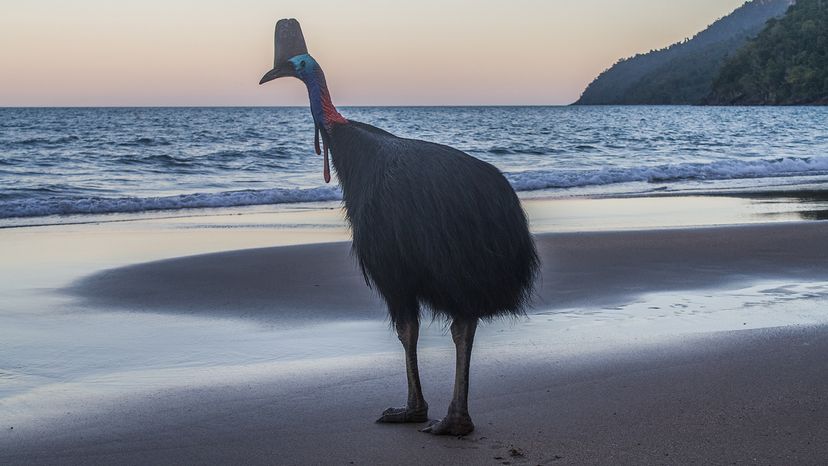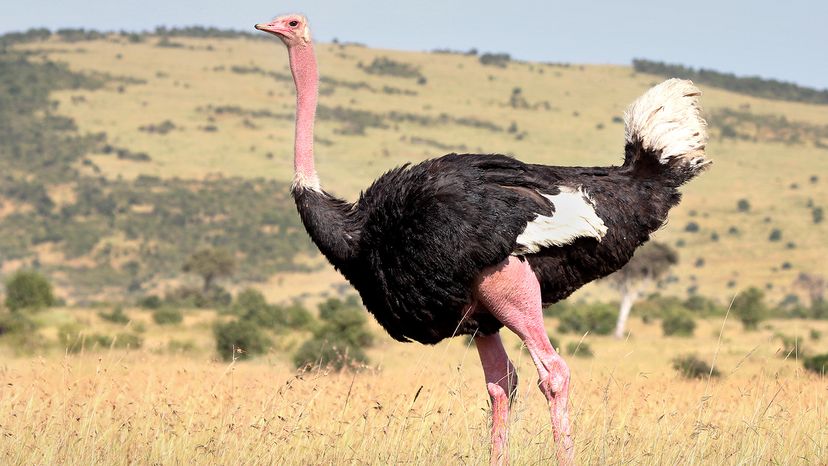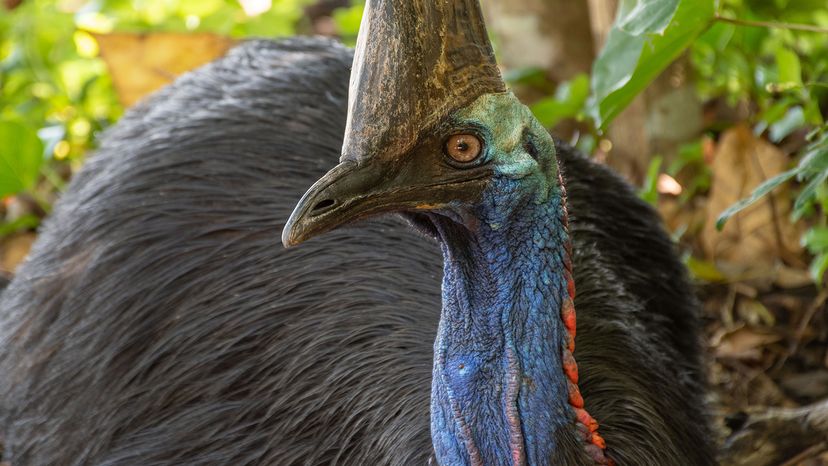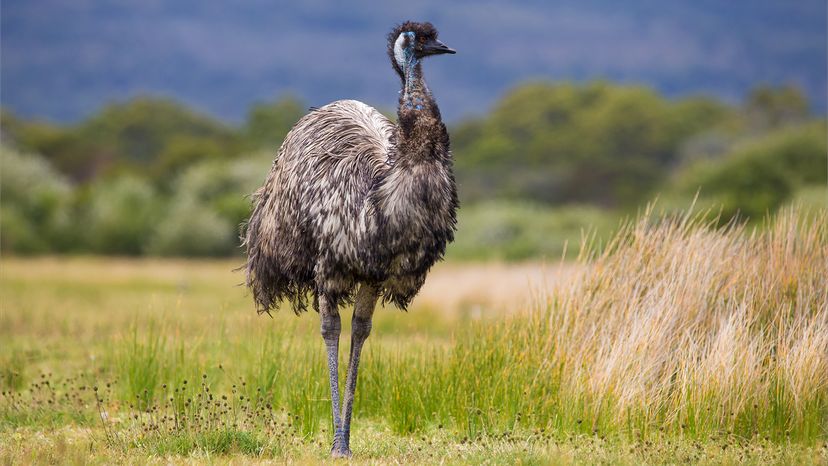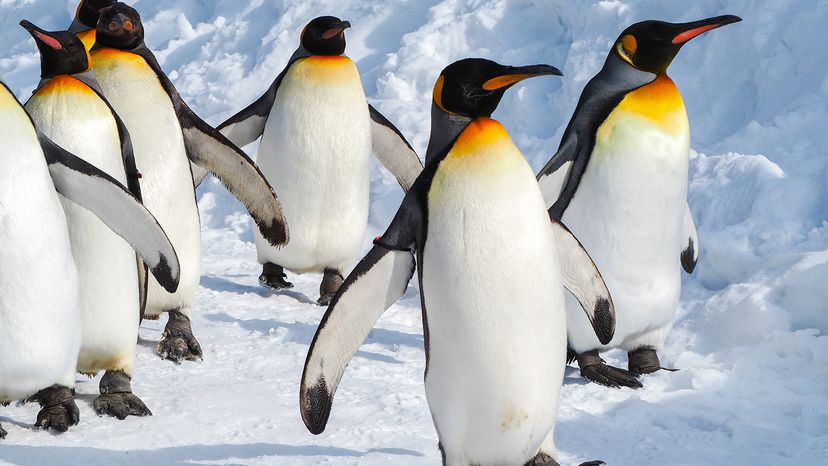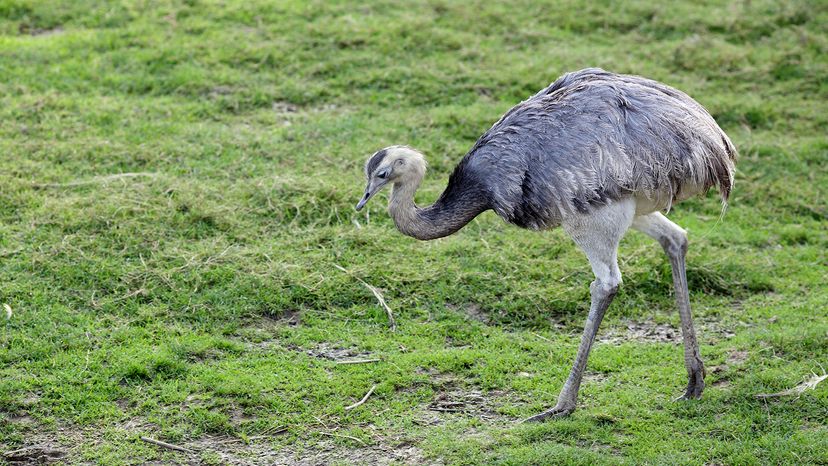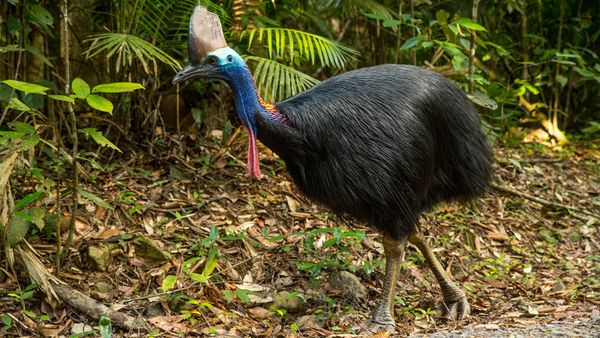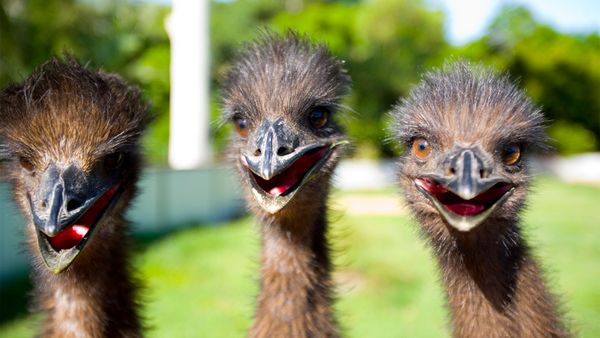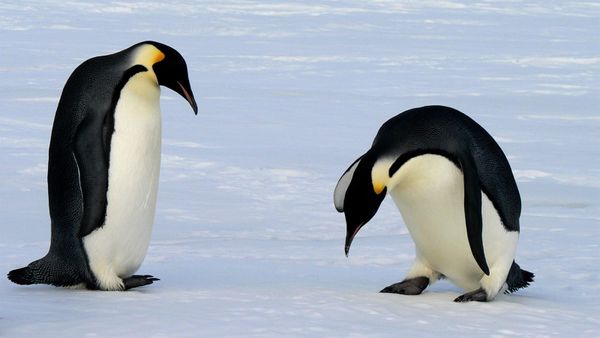All birds have hollow bones, which is an adaptation birds have made for flight, however lots of birds have evolved to hang out on the ground. And though some of the largest flying birds, like the Andean condor, have enormous wingspans, they're not particularly heavy because they have to glide around on air currents. The largest flying bird is the wandering albatross, with a wingspan measuring up to more than 17 feet (5 meters), but it only weighs about 26 pounds (12 kilograms) — about as much as a small corgi.
It helps flightless birds to be a little physically intimidating because life isn't necessarily easy for a flightless bird. However, flightlessness evolved a lot more frequently in the past than you'd think, considering the number of species that exist today. Scientists estimate there would be about four times as many flightless bird species on Earth if they hadn't been sharing a planet with humans. Both flightlessness (in birds) and the co-presence of humans make a species more vulnerable to extinction.
For instance, elephant birds (Aepyornis), native to Madagascar and considered to be the heaviest and tallest bird that ever lived, were similar to ostriches, but 10 feet (3 meters) tall and weighed 1,000 pounds (454 kilograms). The elephant bird was more closely related to kiwis than ostriches and were hunted to extinction by humans by the 17th century.
Here are the 9 biggest birds by weight starting with the biggest bird in the world, and surprise! All of them are ground-bound.
